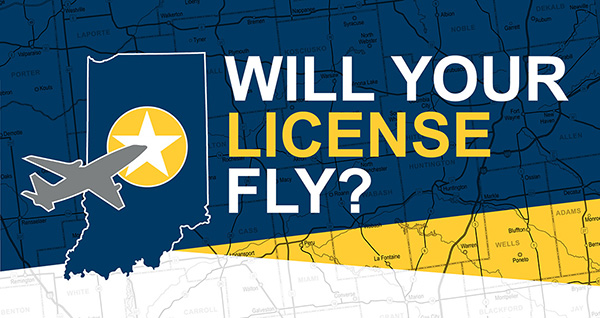Saturday, April 28 is Prescription Drug Take Back Day and many locations throughout the state will accept unwanted and expired prescription drugs.
Click here to find a drop off site near you.
Proper disposal of prescription drugs helps protect children and pets from accidental consumption, and also helps curb illegal drug use and theft. Indiana is working hard to combat the opioid epidemic and recently passed new laws to aid in this effort. With 4 out of 5 new heroin users starting with prescription medications, these drug take-back programs give us another tool to fight addiction and make a real difference in saving lives.
Unused and expired medicine also harms the environment. It is important to never wash any medicine down the drain or flush it down the toilet. Doing so contaminates Indiana’s rivers and groundwater. By properly disposing of medicine you are protecting yourself, your neighbors and the environment.
During the most recent National Take Back Day event, Hoosiers safely turned in 1,308 pounds of prescription drugs.
Learn about safe disposal and storage methods for prescription drugs by clicking here.




